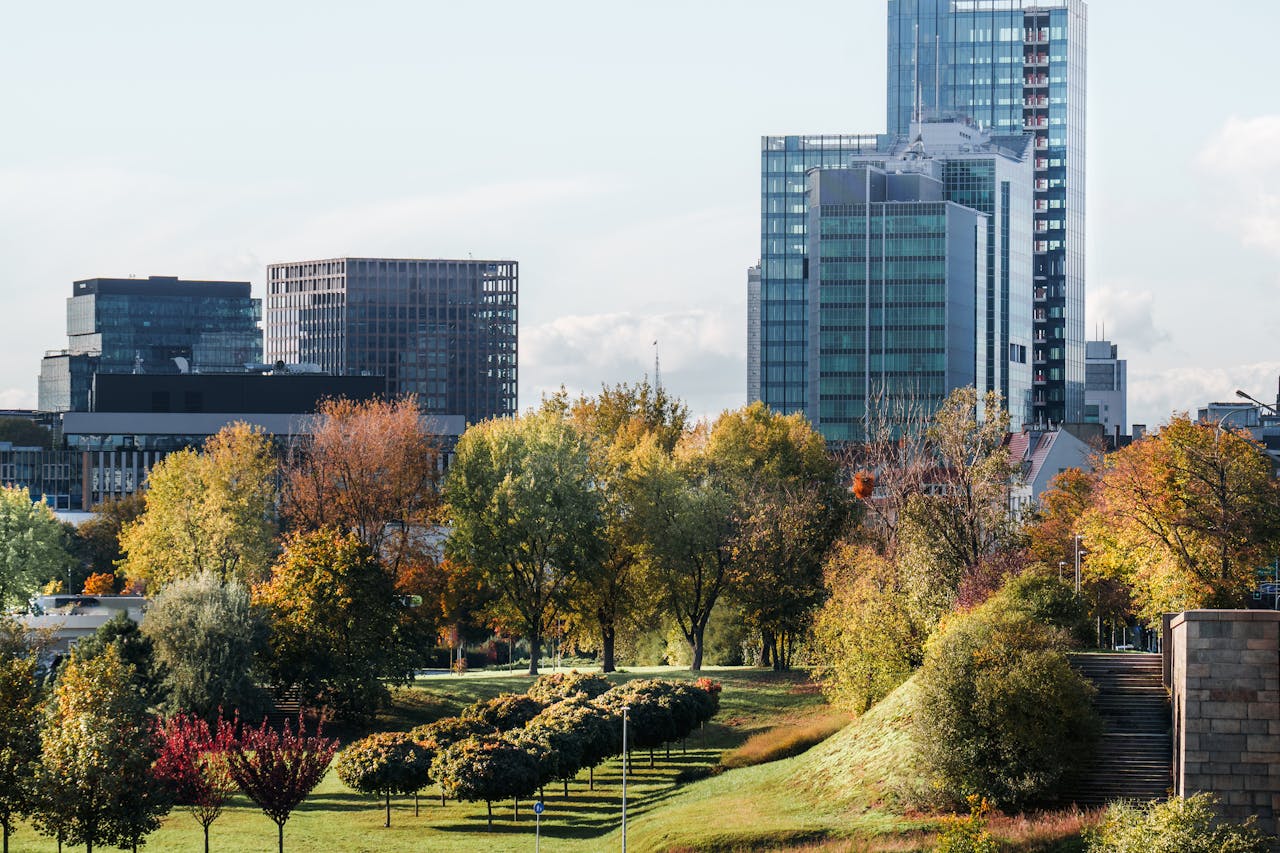In an increasingly urbanized world, where towering skyscrapers and dense apartment complexes dominate skylines, the importance of green spaces in cities has never been more critical. As global urban populations grow—projected to reach nearly 70% by 2050—urban planners and city dwellers alike must recognize the immense value that parks, gardens, green roofs, and other natural sanctuaries bring to urban environments. Far from being just aesthetic enhancements, green spaces play a vital role in improving mental and physical health, reducing environmental impacts, fostering community, and enhancing economic development. Fortunately, there are many practical ways to create green spaces even in densely built-up areas, helping transform gray infrastructure into vibrant, livable environments.
A Natural Antidote to Mental Stress
Modern urban life is fast-paced and often stressful. The constant hum of traffic, crowded public spaces, and the always-on digital culture can leave people feeling overwhelmed. Numerous studies have shown that access to green spaces helps alleviate mental stress and anxiety. Even short walks in a park or a moment of stillness surrounded by trees and birdsong can reduce cortisol levels—the body’s primary stress hormone.
Urban green spaces serve as natural refuges where individuals can disconnect from the noise and reconnect with themselves. They offer a quiet place for mindfulness, recreation, or simply sitting with a book. Cities that prioritize accessible green spaces provide their citizens with an everyday tool to boost mental health and emotional well-being.
Physical Health Benefits
Beyond mental wellness, green spaces encourage physical activity, which is essential for a healthy lifestyle. Parks and recreational areas invite people to walk, jog, cycle, play sports, and engage in outdoor exercise. For communities where access to private gyms or fitness centers may be limited, public green areas offer an inclusive and free alternative for staying active.
There’s also a direct correlation between green space availability and reduced instances of health issues such as obesity, heart disease, and diabetes. Moreover, spending time in nature has been linked to improved immune function—an increasingly important benefit in a world facing evolving health challenges.
Environmental Resilience
Green spaces do far more than beautify cities—they play a crucial role in environmental sustainability. Urban greenery helps regulate temperature by mitigating the urban heat island effect, where cities are significantly warmer than their rural surroundings due to human activities and dense infrastructure. Trees provide shade and release moisture into the air, cooling neighborhoods and reducing the need for air conditioning.
Additionally, green spaces contribute to better air quality by absorbing pollutants and carbon dioxide. They also assist in managing stormwater. Grass, soil, and plant roots absorb rainwater, reducing runoff that can lead to flooding and water pollution. With the growing threats of climate change, heatwaves, and erratic weather patterns, cities urgently need to incorporate green infrastructure as a form of natural climate adaptation.
Social Cohesion and Community Building
Parks and green spaces serve as communal hubs where people from diverse backgrounds can gather, socialize, and build connections. They host family picnics, community festivals, farmers’ markets, and spontaneous games of soccer or frisbee. This shared use of space breaks down social barriers and fosters a sense of belonging among city residents.
In a world where social isolation is a growing concern—particularly in large, impersonal urban environments—green spaces act as vital social bridges. They create opportunities for intergenerational interaction, inclusivity, and cultural exchange. Well-designed green spaces even help reduce crime by encouraging legitimate community presence and activity in public spaces.
Economic Value and Property Appreciation
Investing in green infrastructure isn’t just a social or environmental initiative—it’s a smart economic move. Properties located near parks and green spaces typically enjoy higher real estate values. People are willing to pay a premium to live close to nature, even in urban settings. This increases local tax revenues and stimulates economic development.
Moreover, green spaces attract tourism, enhance a city’s aesthetic appeal, and often become landmarks in their own right—think of Central Park in New York, Hyde Park in London, or the Gardens by the Bay in Singapore. Green infrastructure projects also create jobs in landscaping, horticulture, and maintenance, contributing directly to the local economy.
Promoting Biodiversity in Urban Environments
Urban areas are often thought of as biodiversity deserts, but green spaces can help reverse that narrative. Parks, green corridors, and community gardens provide vital habitats for birds, pollinators, insects, and small mammals. Native plantings in these areas can support urban ecosystems and reconnect people with local flora and fauna.
Encouraging biodiversity in cities also has educational benefits, allowing children and adults alike to learn about ecology firsthand. Community-based conservation efforts, such as butterfly gardens or urban beekeeping, not only support the environment but also engage citizens in active stewardship of their surroundings.
Equity and Accessibility
Unfortunately, not all urban residents enjoy equal access to green spaces. Low-income and marginalized communities often live in neighborhoods with fewer parks, less tree canopy, and limited recreational facilities. This disparity contributes to health inequities, environmental injustices, and a lower quality of life.
To truly realize the benefits of green space, cities must adopt an equity-focused approach to planning. This includes identifying underserved areas and ensuring that new parks and green areas are accessible, safe, and inclusive for everyone—regardless of income, age, race, or ability. Initiatives like the “15-minute city,” where all essential services and green spaces are within a short walk or bike ride, represent a vision for a more equitable and sustainable urban future.
Conclusion: Greener Cities for a Healthier Future
As cities continue to grow and evolve, the need for integrating green spaces into urban planning is both urgent and non-negotiable. These natural oases offer wide-ranging benefits that touch every aspect of urban life—from health and environment to economy and community well-being. They are not luxuries or afterthoughts but essential infrastructure.
The good news is that the tools and knowledge to make our cities greener already exist. It starts with political will, community engagement, and a shift in priorities that sees green space not as wasted land, but as the foundation of livable, resilient cities.
By reimagining cities as ecosystems that balance concrete with canopy, we can build urban environments that nourish the body, calm the mind, support nature, and bring people together.





























